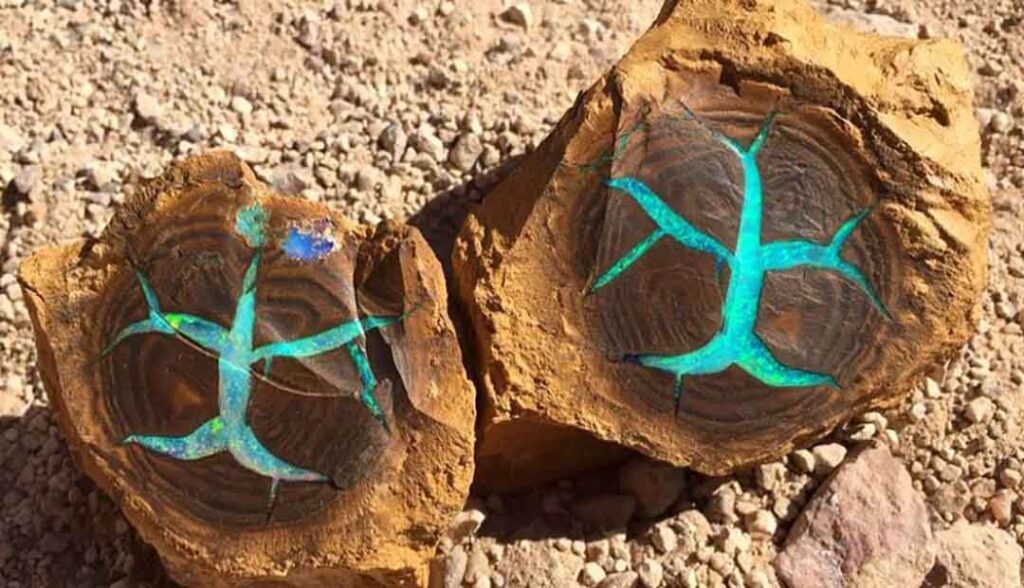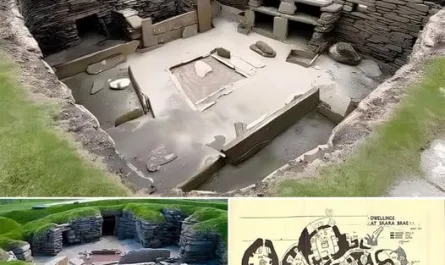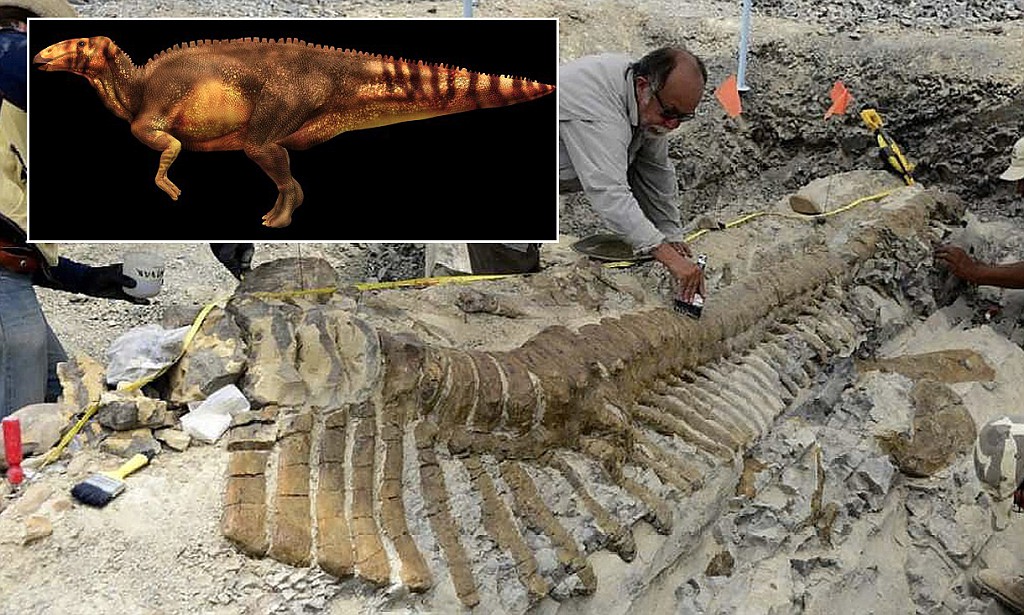The Euphrates River is one of the oldest and most significant waterways in the world. It’s been a source of sustenance for millions of people, for hundreds of years, but in the past couple of months, this once powerful body of water has been slowly drying up.
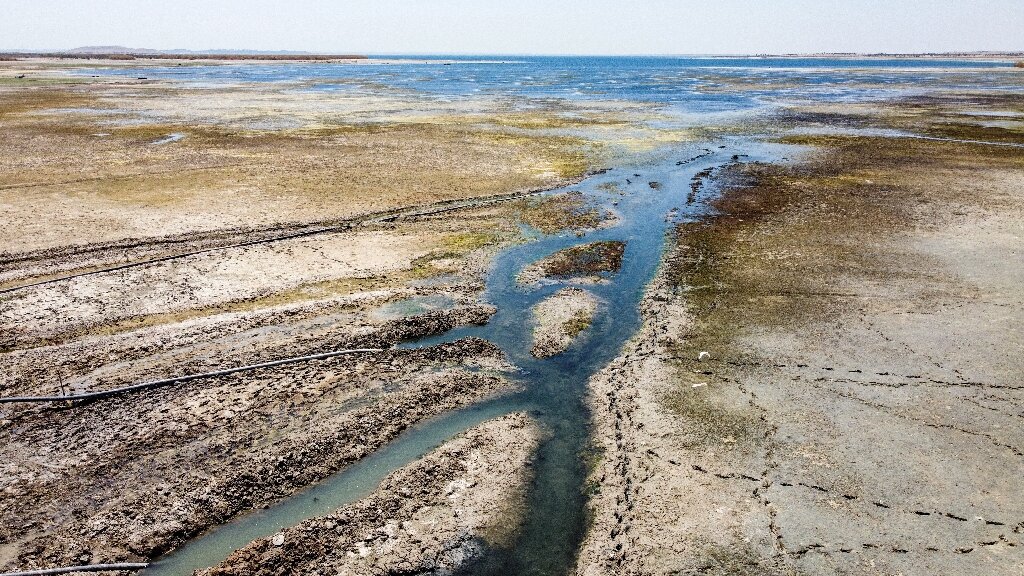
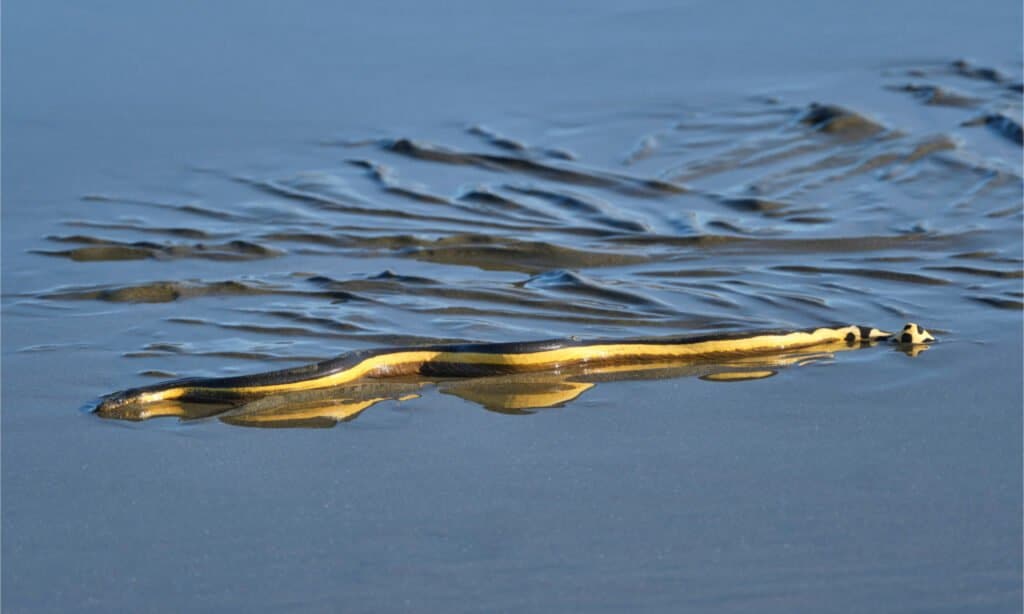
Millions in Syria and Iraq face water scarcity as the Euphrates River dwindles, once nurturing ancient civilizations like the Sumerians and Babylonians along its 1,740-mile course from Turkey to the Persian Gulf. Join us on an expedition to unveil the secrets of this vanished civilization.
As it does, it’s revealed secrets that no one could’ve seen coming. Something has just emerged under the Euphrates River, and the terrifying discovery changes everything.
Join us as we explore this strange discovery, and how it defies everything we’ve ever known about the region.

The top reason the Euphrates River is drying up is low rainfall. Along with droughts, Iraq and the surrounding area also suffer from climate change and rising temperatures.
More than 7 million people are affected by the river drying up. Crops are failing, which has led to around 800 families leaving the surrounding villages.
In the Christian bible, the Euphrates River is significant. When it dries out, it is a sign that the end times are coming.
The Euphrates River is one of the oldest and most important rivers in the world. A lot of history was made at this river. The Euphrates River runs through parts of western Asia but is drying up. The river has had problems in the past with lowering water levels, but why? And what is the importance of the Euphrates River? Some people connect the river drying up to the end of the world, but does this hold? Keep reading to discover the reasons and meaning behind the Euphrates River drying up.
Euphrates river
The Euphrates River is one of the oldest and most important rivers in the world.
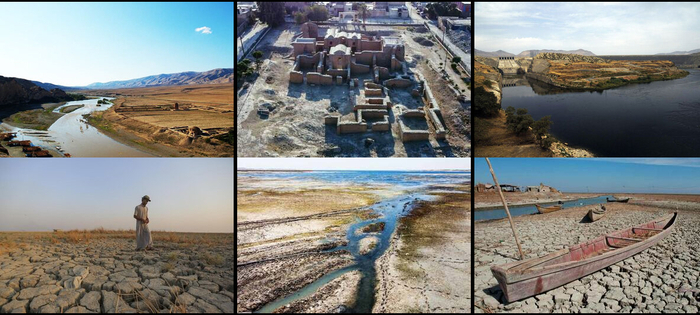
About the Euphrates River
The Euphrates River begins in Turkey but flows through Syria and Iraq. The river joins the Tigris before it empties into the Persian Gulf. It’s about 1,700 miles long and the basin’s average size is 190,000 square miles. This river is the longest in Western Asia. Typically, there is a higher water level from April to May since there is more rainfall and melting runoff. Original vegetation also still survives along the river. For example, the Euphrates River flows through a xeric woodland in the mountains of Southeast Turkey. You can also find an array of plants and trees along the river’s coast including rose/plum, pistachio trees, and oaks. In drier environments, cereal grains like wheat, rye, and oat are common.
Not only is the Euphrates River beautiful with breathtaking sights, but there is a lot of historical significance centered around the river. For example, multiple ancient cities lived along the riverside, including Sippar, Nippur, Shuruppak, Mari, Ur, and Urkuk. Water was wealth. It provided fertile agricultural soil for the communities along the river.
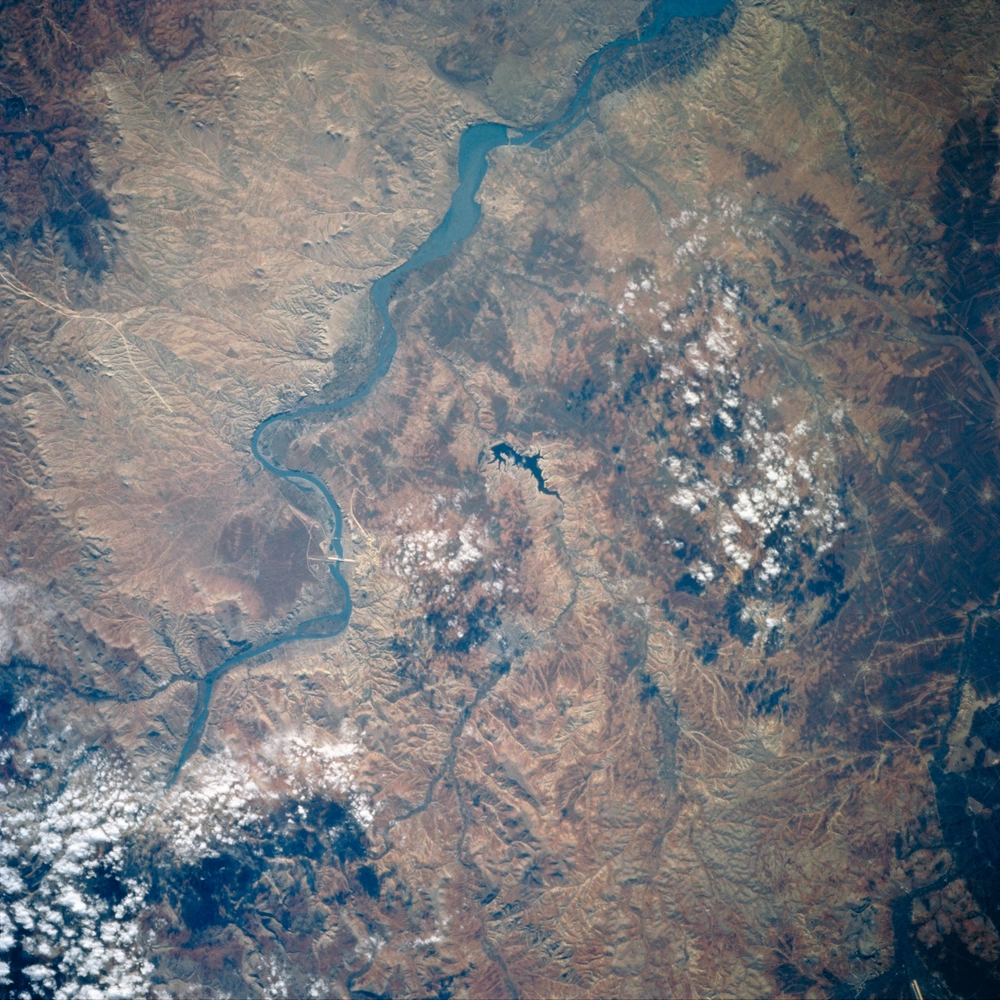
The first time the Euphrates River was mentioned was in cuneiform texts found in Shuruppak and pre-Sargonic Nippur. It dates to the mid-3rd millennium BCE. It was referred to as Buranuna, an ancient Sumerian word. The river is spelled similarly to Sippar, an ancient city located in modern-day Iraq. The city and the river were likely connected in importance and divinity.
Animals in the Euphrates River
river otter sticking tongue out
River otters are one of the mammalian forms of wildlife that depend on the Euphrates

The Euphrates River is home to many types of animals including snakes, small and large mammals, and fish. Not only are there different animal species, but also wildflowers and plants. For instance, the most common snakes in the Euphrates River are Persian sand vipers, Levantine vipers, desert black vipers, beaked sea snakes, and yellow sea snakes. Willow trees and wild grass grow on the riverbank. Apart from plants, you can also see shrews, river otters, wolves, hedgehogs, and wild pigs. They frequently drink water from the Euphrates River.


